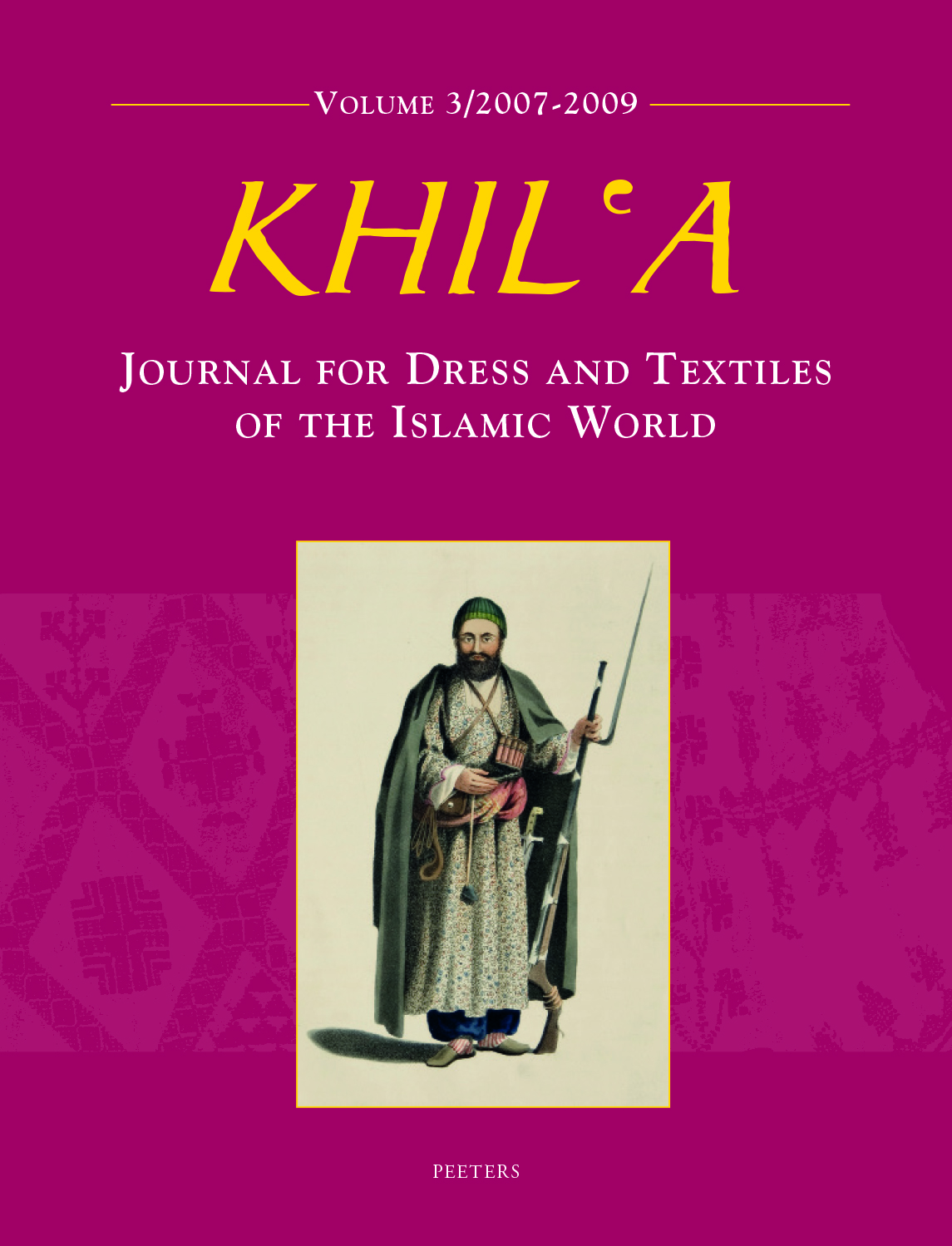 previous article in this issue previous article in this issue | next article in this issue  |

|
Document Details : Title: The symbolism of veiling and the poetics of unveiling in Early Modern Persian poetry Author(s): SEYED-GOHRAB, A.A. Journal: Khil'a Volume: 1 Date: 2005 Pages: 107-121 DOI: 10.2143/KH.1.0.630000 Abstract : Abstract The aim of this article is to analyse the poetics and symbolism of the veil (ch_dor) in early modern Persian poetry. Traditionally, the veil has been a symbol of chastity, religiosity and honour. On several historical occasions, unveiling was seen as an act of protest. With the emergence of the women’s emancipation in Persia during the last decades of the Q_j_r dynasty (1794-1925), the veil had been considered a barrier, withholding women from progress and emancipation. Although a voluntary unveiling by a woman was initiated in the first half of the 19th century, by the poetess Qorrat al-`Ayn, a compulsory unveiling at a large scale did not start until Rez_ Sh_h of the Pahlavi dynasty issued a decree on 7 January 1936. This state-imposed removal of the veil had dramatic consequences. Not only did police mistreat women, who wore veils, on streets but women were also denied in public places. Many of them were incarcerated in their own homes for several years since they refused to remove the veil. This article examines how deeply the wearing of a veil is rooted in Persian society and how poets and poetesses tried to convince women to remove their veils. The majority of poets agreed that the veil prevented women from progress, yet each of them chose a different way of addressing the issue. The authors treated in this paper are, among others, Eshqi, Lahuti, Iraj Mir_z and Qaem-Maq_mi. |
|
